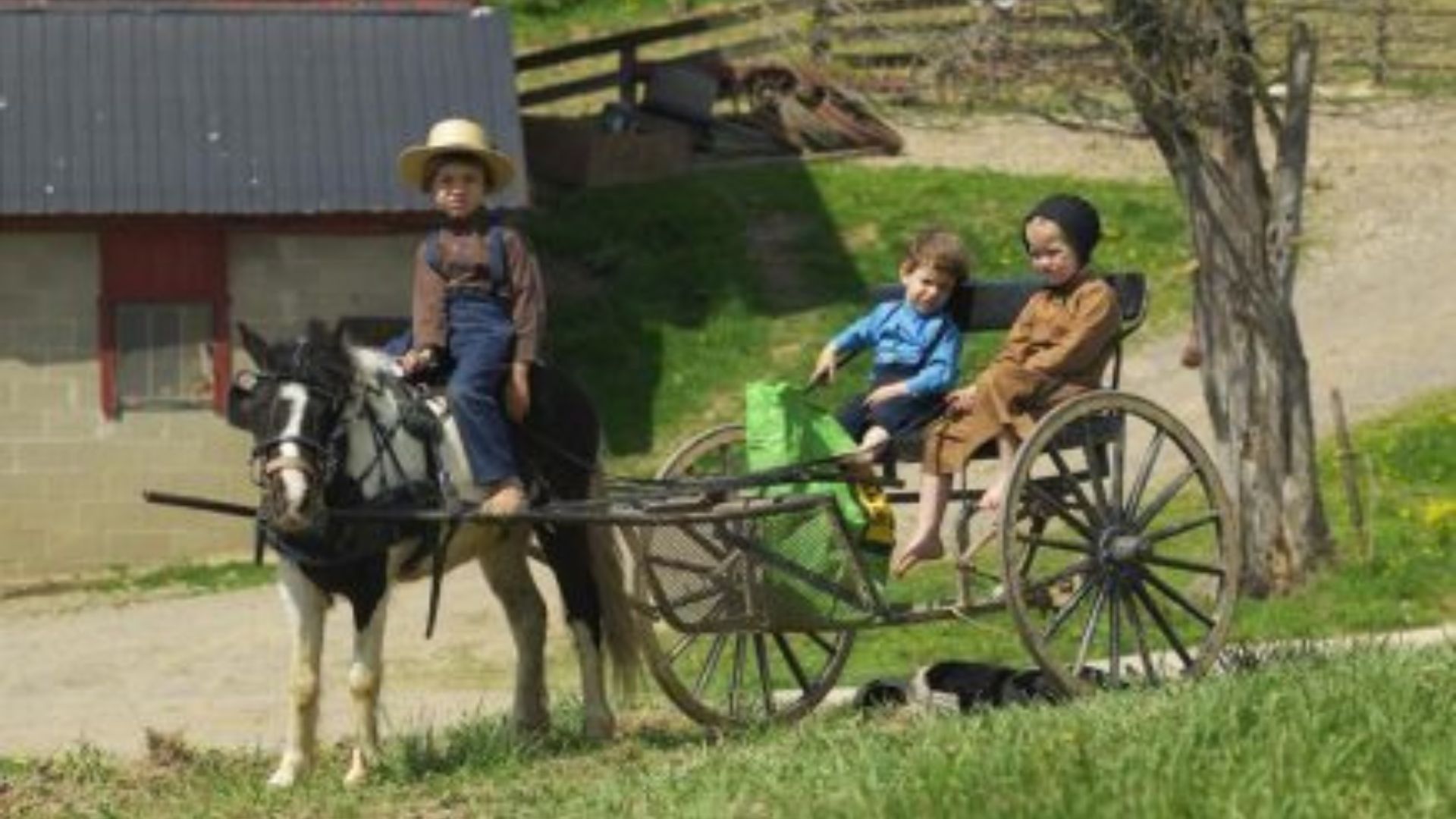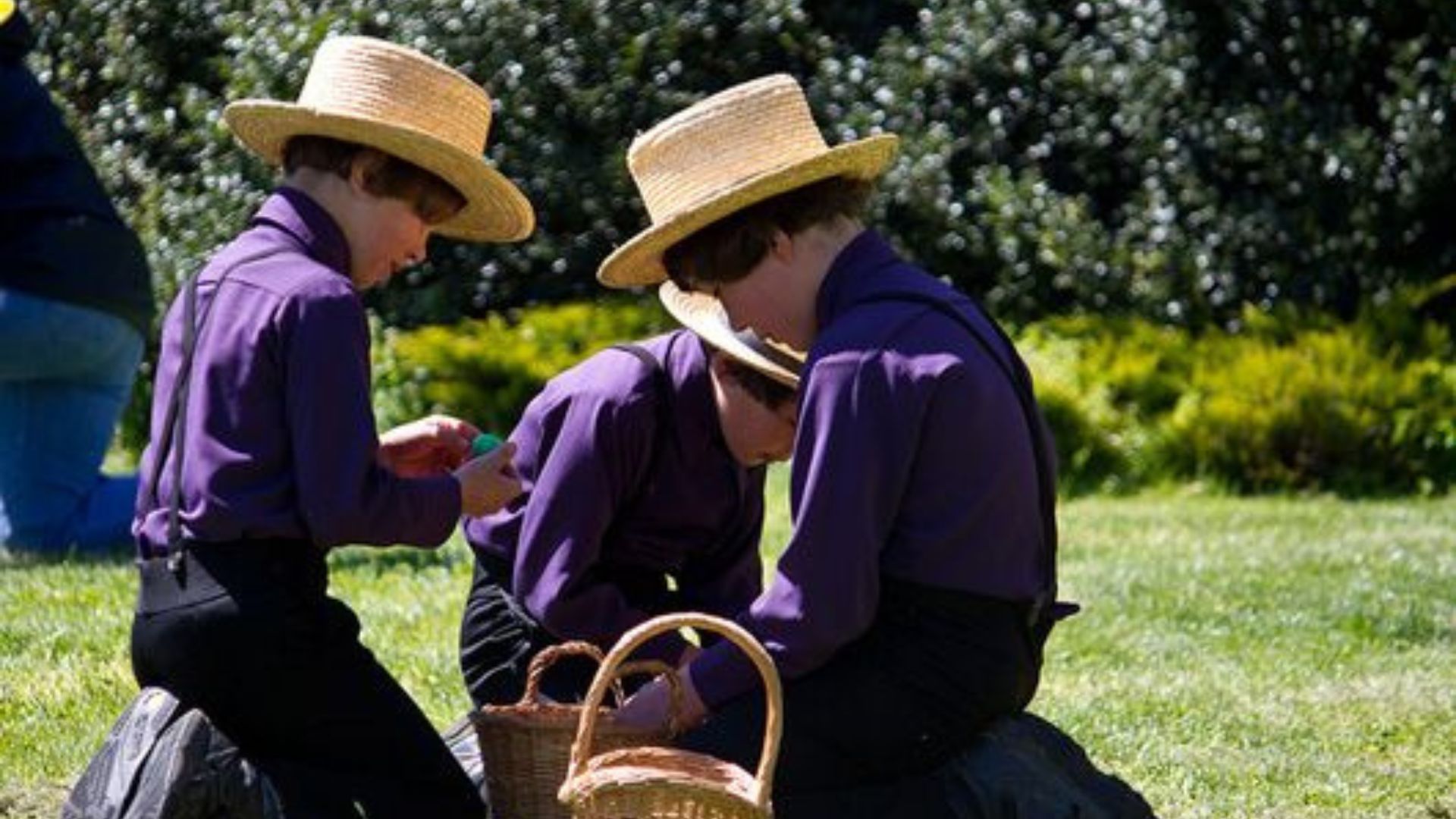Best Amish Faith Traditions
Amish communities live a life deeply rooted in faith, simplicity, and tradition. Their values are reflected in daily routines, family life, and community interactions. Understanding the best Amish faith traditions provides insight into a culture where spirituality guides behavior, decisions, and celebrations.
Home-Based Worship
A cornerstone of Amish faith traditions is worship held within the home. Instead of large church buildings, families host services, emphasizing intimacy, humility, and community connection.
Key Elements
-
Sunday services rotate among households to strengthen bonds
-
Hymns are sung a cappella, fostering participation and reflection
-
Scripture readings and sermons focus on obedience, humility, and moral living
This tradition highlights how faith permeates daily life, rather than being confined to a single day or place.
Daily Prayer and Devotion
Daily prayer is central to Amish life. Faith traditions dictate that each day begins and ends with spiritual reflection, reinforcing moral values and family unity.
Typical Practices
-
Morning and evening prayers with the family
-
Saying grace before meals to express gratitude
-
Reading scripture or devotional materials together
Daily devotion ensures that faith remains active in every household activity.

Observing Religious Holidays
Amish faith traditions are reflected in the way holidays and religious milestones are celebrated. They focus on gratitude, community, and spiritual growth rather than commercialism.
Holiday Rituals
-
Easter and Christmas are celebrated with family and community-centered practices
-
Baptisms, weddings, and funerals involve communal gatherings and prayer
-
Seasonal harvest festivals emphasize thanksgiving and service
These traditions strengthen family bonds and maintain a rhythm of faith throughout the year.
Acts of Service and Community Support
Service is an integral Amish faith tradition. Helping neighbors and participating in communal projects demonstrates religious commitment and compassion.
Examples
-
Barn raisings and collective construction projects
-
Supporting families during sickness, emergencies, or celebrations
-
Sharing resources and skills to benefit the wider community
Through service, Amish individuals live out the teachings of humility and selflessness central to their faith.
Simplicity and Modesty
Simplicity in dress, homes, and lifestyle is a visible expression of Amish faith traditions. This approach reflects humility and the avoidance of worldly distractions.
Practical Applications
-
Plain clothing signifies equality and modesty
-
Homes and furnishings are functional and unadorned
-
Limited use of technology preserves focus on God, family, and community
Simplicity allows the Amish to center their lives on faith rather than materialism.
Religious Education
Education is intertwined with faith, focusing on practical skills and moral guidance. Amish children learn lessons that prepare them for both spiritual and community life.
Education Highlights
-
Schools teach reading, writing, arithmetic, and religious instruction
-
Children gain practical skills like farming, cooking, and crafts
-
Moral lessons emphasize humility, obedience, and respect
This ensures faith traditions are passed down effectively to the next generation.
Community Worship and Fellowship
Amish faith traditions extend to communal gatherings that strengthen unity and shared values. Fellowship is an essential part of religious life.
Community Practices
-
Quarterly or annual communion services unite multiple households
-
Singing, scripture readings, and shared meals enhance spiritual connection
-
Communal decision-making and support reflect faith-driven governance
These gatherings foster belonging and reinforce the teachings of the Amish faith.
Conclusion
The best Amish faith traditions—home-based worship, daily devotion, holiday observances, acts of service, simplicity, education, and community fellowship—demonstrate a life fully centered on spirituality. Through these practices, the Amish maintain strong family bonds, cohesive communities, and a deep connection to their beliefs. Understanding these traditions offers insight into how faith guides every aspect of Amish life, creating a culture of humility, devotion, and purpose.



